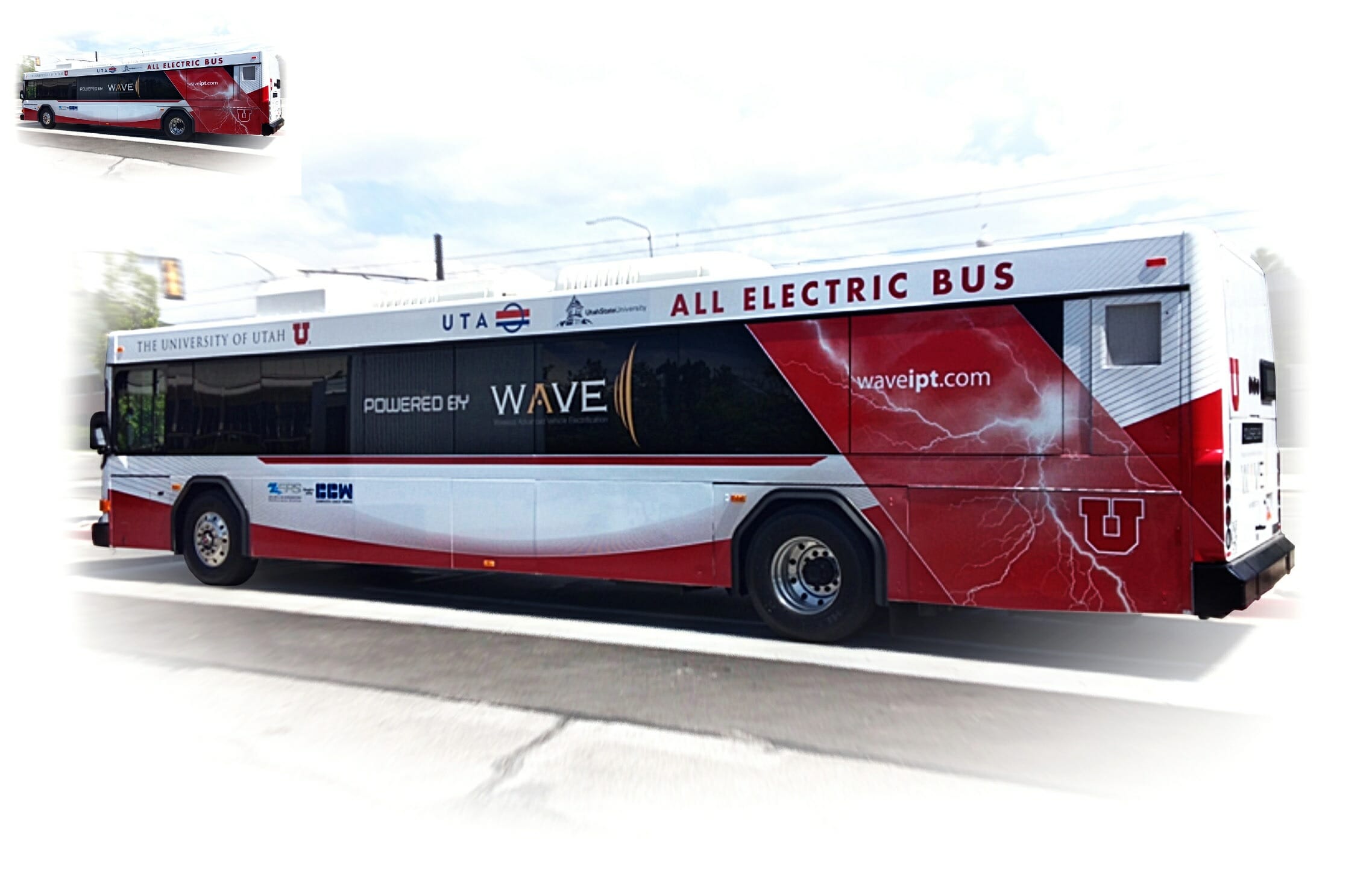- Course No E – 1498
- PDH Units 4.00
No data found for Custom Course Number
No data found for Custom Course Units
- Course No E – 1498
- PDH Units 4.00
Intended Audience: electrical, mechanical, civil, and transportation engineers
PDH UNITS: 4
At the present time, dozens of companies and government agencies throughout the world are heavily involved in developing wireless charging of batteries in electric buses and light rail vehicles. The attractions of wireless power transfer (WPT) are manifold: 1) Much smaller and lighter batteries can be used because they can be re-charged at transit stops rather than having to carry a large charge over an entire trip; 2) A convenient choice of fast or slow battery recharging with one infrastructure system is available; 3) Charging is automatically triggered when transmitter and receiver are coupled by an electronic “handshake”, thus avoiding problems of the operator forgetting to plug in, or manipulate cords and plugs; 4) High power transfer is potentially available in all weather conditions, without corrosion or exposed terminals; 5) No loose cords or potential for electrocution or tripping are present; 6) No adverse human safety or health impacts exist (as long as emissions of and exposures to magnetic and electric fields comply with applicable standards). This course provides a status review of emerging and existing international and U.S. WPT technologies applicable to electric bus and rail transit. The review identifies the respective WPT providers, system specifications and attributes. Regulations and consensus standards for emissions and human exposure to electro-magnetic radiation and protection from electromagnetic interference are described. Many of the techniques described for wireless charging of transit vehicles are applicable to electric automobiles as well. Learning Objectives - Knowledge & Skills: The course is designed to provide engineers with the following specific knowledge and skills.
- Learning about WPT technology options, especially inductive power transfer;
- Becoming familiar with notable and successful WPT projects;
- Understanding the advantages of WPT systems;
- Learning about safety and health concerns related to electric and magnetic fields produced by WPT technology;
- Understanding readiness levels of various versions of the technology;
- Understanding proposed safety standards; and Learning about existing information on reliability under real-service conditions.
Once completed, your order and certificate of completion will be available in your profile when you’re logged in to the site.









